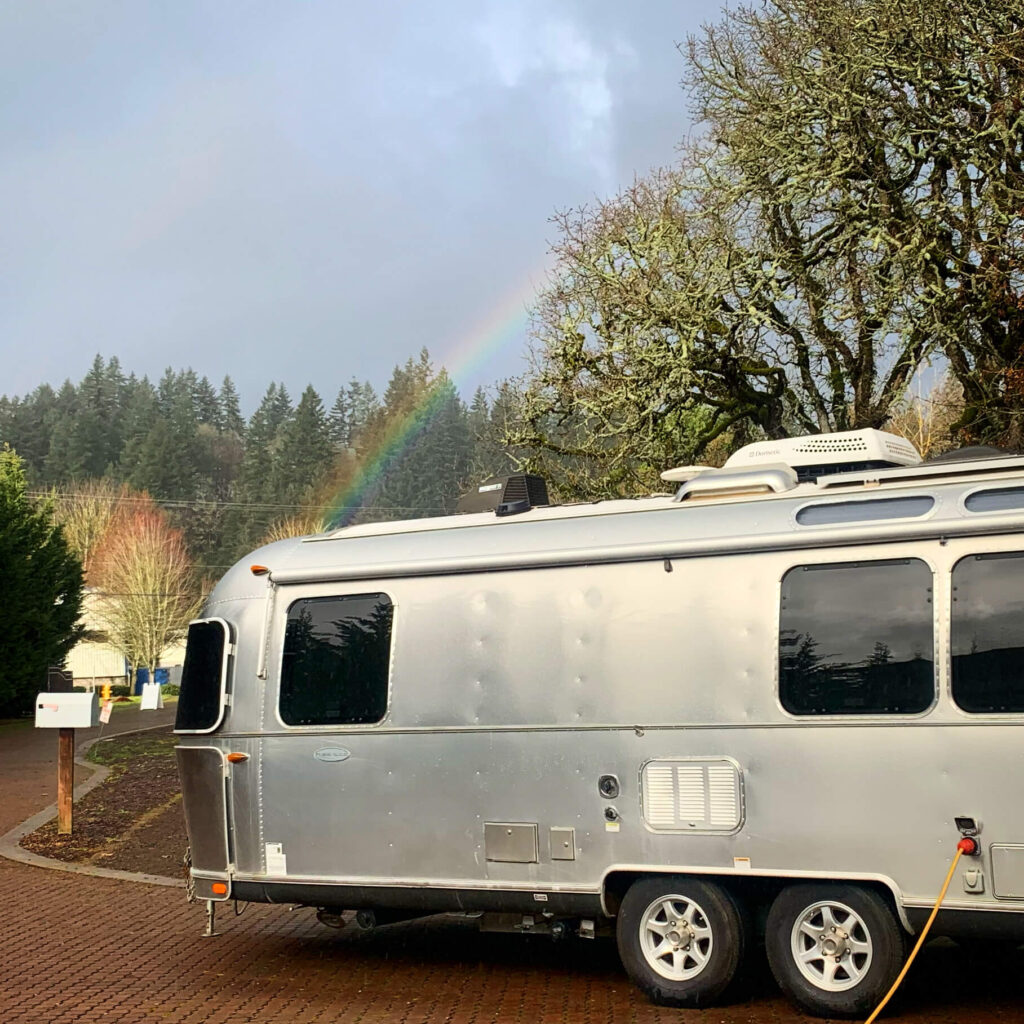The LiFePO4 cells commonly used in RV lithium batteries will be damaged if subjected to a charging current when they are below freezing (0°C or 32°F). More accurately phrased, they can only take a small amount of charging current when below freezing, but manufacturers play it safe, and most quality batteries have a Battery Management System (BMS) that prevents any charge from reaching the cells when the temperature is near or below freezing.
That being said, it is perfectly safe to discharge a LiFePO4 battery when it is frozen. This means you can run normal loads, including heaters, you just can’t charge the battery until it warms up.
There are several ways to address the issue of low-temperature charging:
Do Nothing
Most people do nothing. If you have your lithium batteries installed inside your RV, as most people do, plumbing issues are likely to give you a bigger headache when your temperature drops below freezing inside. Keep in mind, low temperatures don’t damage the battery. They just prevent it from charging. You can discharge the battery all you want. Discharging the battery does create some heat, but more heat is created if you discharge the battery to a system that powers a heater.
Aftermarket Heaters
If you are one of the rare individuals who has lithium batteries without internal heaters and those batteries are exposed to freezing temperatures with a frequency that causes frustration, a common solution is to use heating pads, like what someone might use for plant trays in a greenhouse, or underneath a reptile aquarium. These are usually powered by 120V AC, so they would need to be wired as a load on the inverter system. They can be turned on manually, or with a thermostat. The energy to supply the heat will need to come from the battery itself, shore power, or a gas generator. This is very popular with Victron SmartLithium batteries that cut charging when the battery is below 5°C (41°F).
Manually Activated Heaters
Some popular batteries have manually activated heaters built into them. These are definitely preferable to reptile heating pads, but they require manual activation and sometimes deactivation. The biggest problem with these systems is that they draw power from the battery, just so you can put power back on them. This is inefficient and could leave you in a worse position than when you first noticed you had frozen batteries.
Automatic Heaters
LiFeBlue Low Temp and Ultimus batteries have our favorite heating system. When the cell temperature drops below 0°C (32°F), the charging current is automatically redirected (up to 6A) to an internal heater. When the cell temperature reaches 4°C (40°F), the heater turns off and the batteries return to normal. This system never draws power from the battery and it doesn’t require any input from the operator.
It should be noted that any power drawn between the battery and the shunt, in this case, a heater (Manual or Automatic), will throw off the battery State of Charge (SoC), causing your meter to show a higher SoC than actual. Fortunately, the next time the batteries are brought up to a full SoC, the shunt-based monitor will automatically recalibrate.
If you are someone who does a lot of cold weather camping, or skiing, or has an open/uninsulated battery bank, you should look into battery heating options. AM Solar will be happy to help you find the battery that makes the most sense for your application.



